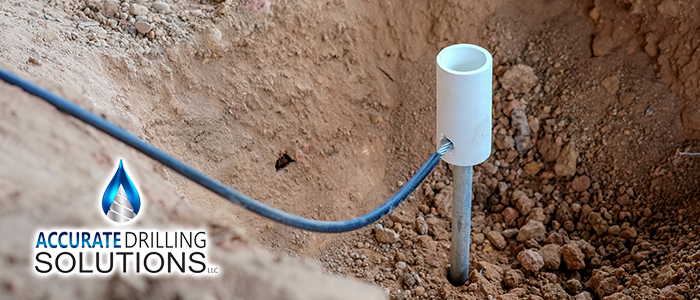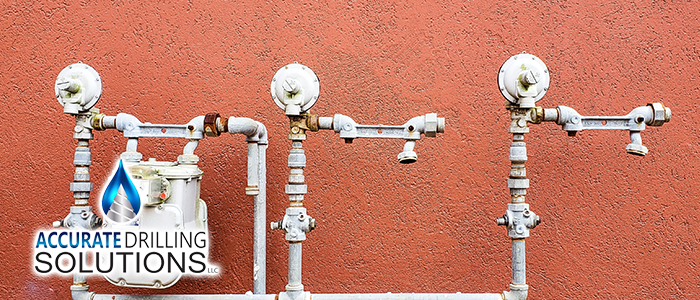
Residential water wells offer a multitude of benefits. Florida residents especially, thanks to the many aquifers under the state, have the opportunity to benefit from a private well. Despite the widespread availability of private home water systems, there is still some confusion as to what a residential well is. In part, this is because when most people hear “well” they think of a cartoonish, old-fashioned well. A modern water well, however, does not have a wooden bucket on a rope. Read on to learn how to prepare your property for a water well.
Planning is important on any project around your home. For wells specifically, however, the project is a delicate balance between your home and nature. Throw in the fact that there aren’t really opportunities to try again, and it quickly becomes obvious how important it is to prepare your home.
Choosing A Contractor
The first step to prepare for drilling a well is to find a trustworthy contractor. Call for a consultation, and don’t be afraid to ask questions. Your contractor should be able to answer your queries fairly easily.
Do not be afraid to get a second opinion or quote. Remember, with home projects, you often get what you pay for. Budget is important, but compare and contrast how knowledgeable different contractors are. If all else fails, go with your gut.
Background
Once you have chosen a contractor, have them come do a consultation on your property where you want the well. They can help you determine where the well should go. The contractor will need some information including what type of soil you have, how much water your household needs, and if any wells have been drilled on the property before.
The history of the property is important, especially in Florida. Most of the state is composed of limestone, so the ground is not always stable. If two wells were dug too close together, it could collapse and turn into a sinkhole. The last thing anybody wants is a sinkhole on your property.
Accommodating Nature
Wells need to be dug when the weather will be relatively dry for a few days. Trying to work with soaking wet earth is difficult because it is more likely to collapse. There is another significant risk of drilling in rainy weather. The rain can flood the part that is drilled already. If the well has been drilled down to an aquifer already, soil and contaminants may wash into the pure water.
Nature dictates not only the schedule, but also how deep of a well you need. There are various levels of aquifers that people can access via a well. When you apply for a permit to drill, you will need all the specifics from your contractors, as well as a geological and topographical survey.
Permits
Before any drilling can happen, you must have a permit to drill the well. In Florida, you must apply for a permit from one of the water management districts in the state. These water management districts are another resource for homeowners with questions. Find your water management district here.
continue reading
Related Posts
Pinellas Park Business Owner’s Guide to Pump Systems For business
Lake Wales: Residential Well Installation Explained For many homeowners in
Port Richey Guide to Commercial Water Systems Businesses in Port






